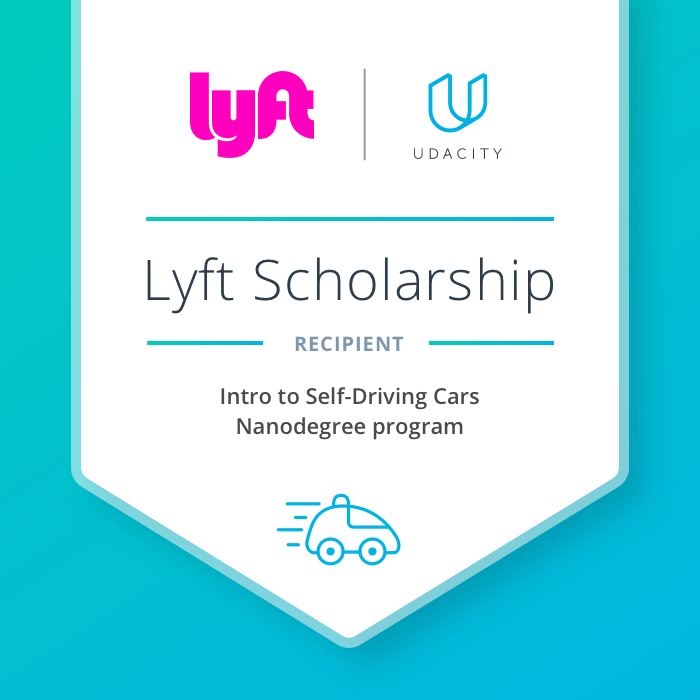In this program, you’ll sharpen your Python skills, apply C++, apply matrices and calculus in code, and touch on computer vision and machine learning. These concepts will be applied to solving self-driving car problems.
In this section you'll get a sneak peak of the classroom, meet the team, and learn about the services provided. Then you'll take a readiness assessment and check out some learning resources to help you make the most out of your experience.
Learn the framework that underlies a self-driving car’s understanding of itself and the world around it, and to see the world the way a self-driving car does.
Working with Matrices This course will focus on two tools which are vital to self-driving car engineers: object oriented programming and linear algebra.
C++ Basics This course is the first step in a rewarding journey towards C++ expertise. The goal is translation: get a program written in Python, and translate it into C++.
Explore how to write good code that runs correctly. We’ll focus primarily on low level features of C++, but we’ll discuss other best practices as well.
Algorithmic thinking is a skill you’ll refine throughout your career. In this course you’ll focus on frequently used data structures and algorithms.
This course is a crash course in two branches of mathematics which are crucial to self driving cars: calculus and trigonometry. You will learn how a self driving car uses various motion sensors to help it understand its own motion.
At the end of this course you will use raw sensor data (which give information about distance driven, acceleration, and rotation rates) to reconstruct a vehicle's trajectory through space.
In this course you’ll learn how a computer sees an image, and how we can use machine learning to teach a computer to identify images programmatically. In this project i get 100% accuracy

